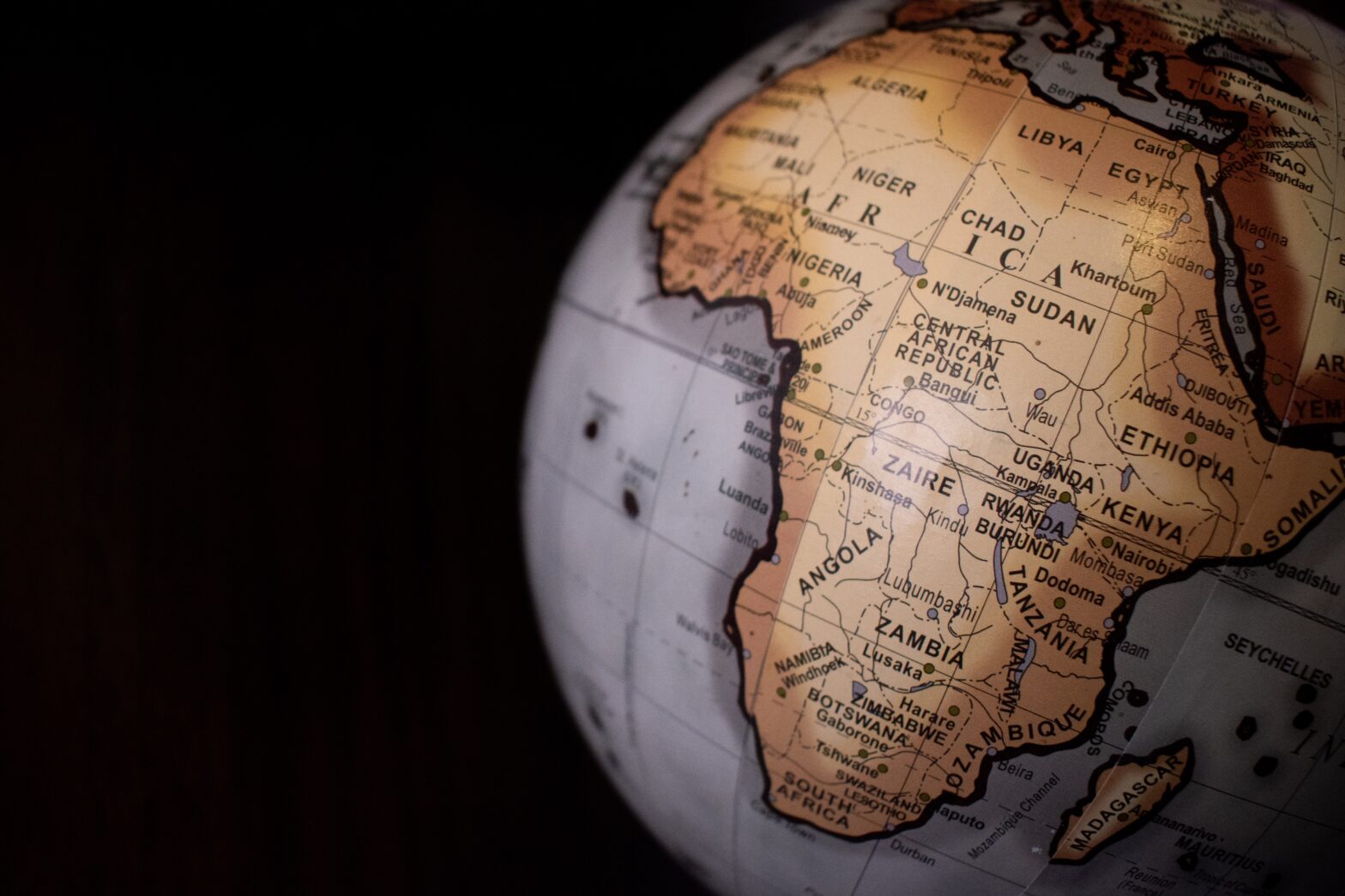Is Africa splitting and creating a new ocean and two new continents? This is what some scientists believe will happen in the future. According to the peer-reviewed journal Geophysical Research Letters, a new ocean may emerge, dividing the African continent and providing access to the sea for formerly landlocked nations such as Uganda and Zambia. Because of the East African Rift System’s ongoing tectonic activity, the Horn of Africa might separate from the rest of the continent and develop its own ocean basin.
To refresh your memory, tectonic movement is the movement of the earth’s plates. As many of the movements are gradual and can’t be felt by humans, it is easy to forget that the earth is actually constantly in motion. However, its crust is made up of 15 to 20 tectonic plates that fit together life pieces of a puzzle. The plates sit atop the hot, molten rock of Earth’s mantle and and are affected by the heat from radioactive processes within the planet’s interior causes the plates to move. This movement is both toward and away from each other and is called tectonic shifts. Between each plate is a rift, or an opening. These openings have and do lead to the separation of land and formation of new oceans over time.
However, scientists warn that this process is expected to take millions of years. This process can be compared to the splitting of Pangea, the supercontinent that is believed to originally be made up of the seven continents we know today conjoined into one. The splitting of Pangea was almost 200 million years ago.
Nonetheless, recent seismic data published in Geophysical Research Letters support the possibility of these ongoing tectonic processes leading to the formation of a new body of water.
What Is Causing the Split

How is Africa splitting? According to scientists, the East African Rift System (EARS), which emerged around 35 million years ago, plays a significant role in initiating this process. A rift incorporates the process of rifting, which is described as “a geological process by which the Earth’s crust and lithosphere are stretched and pulled apart, resulting in the formation of a rift valley or a rift zone.” According to Ground Report, this usually occurs in between two tectonic plates. This results in the process of rifting usually involving faulting, earthquakes and volcanic activity.
Stretching approximately 2,000 miles from the Red Sea to Mozambique, the EARS rift marks the initial stages of a potential new sea formation. It occurs at the convergence point of the African Nubian, African Somali, and Arabian tectonic plates, which have been gradually moving apart over time.
In an interview with NBC News, Christopher Moore, a geologist from the University of Leeds, emphasizes the unique scientific research opportunities provided by the East African Rift. He highlights its significance as an intriguing subject for scientific investigation, as it offers a chance to study the transition from a continental rift to an oceanic rift. Understanding these geological processes can greatly advance our knowledge of Earth’s dynamics and help us comprehend the formation of new ocean basins.
Africa Splitting: Evidence of the Tectonic Movement in the Region
The formation of the Red Sea and the Gulf of Aden between East Africa and Western Asia provides evidence of the impact of tectonic movement in the region. These bodies of water have formed due to the ongoing separation of the Arabian and African plates. GPS monitoring confirms that the Arabian plate is gradually moving away from the African plate at a rate of approximately one inch per year. This continuous separation highlights the prolonged nature of the process and the potential for forming new oceans.
Ken Macdonald, a scientist and professor emeritus of marine geophysics at the University of California, believes the increasing availability of GPS measurements will provide valuable insights into the dynamics between the Arabian and African plates. As our understanding of these geological processes expands, scientists can make more accurate predictions and analyses regarding the future formation of the new ocean.
“With GPS measurements, you can measure rates of movement down to a few millimeters per year,” Macdonald told NBC. “As we get more and more measurements from GPS, we can get a much greater sense of what’s going on.”
Formation of a New Ocean
Macdonald suggests that the eventual merging of the Red Sea and the Gulf of Aden will likely result in the formation of a new ocean, encompassing the East African Rift Valley and the Afar region. If this event occurs, it will reshape the geographical and environmental landscape of Africa, creating new opportunities for economic growth and international trade. Because landlocked countries like Uganda and Zambia would suddenly gain coastlines, they may potentially benefit from increased trade and economic opportunities associated with having a coastline. That is of course assuming humans will live to see new ocean formation, as the process of expands much further than the entire history of humans. What society on earth will look like once this geological process fully occurs is an entirely different conversation. However, it is important to remember the benefits for science and understanding the earth that come with this process already taking place.
While the formation of a new ocean in East Africa remains a distant possibility, the ongoing tectonic activity and the evidence provided by the Red Sea and the Gulf of Aden offer intriguing insights into the geological processes shaping our planet. Is Africa splitting? The question remains. However, some scientists continue to study and monitor the East African Rift System, collecting data and refining their understanding of this complex phenomenon.





